An Abbreviated History of the Ubiquitous Juice Box
Neat Little Package
In 1974, Swedish company Tetra Pak introduced the 200-milliliter Tetra Brik Aseptic (TBA) carton—a slim, rectangular-shaped box that fits comfortably in the palm of your hand. Yes, the one you think of when you picture a juice box. But the road to its creation starts nearly a century earlier with a common killer: spoiled milk.
“Milk and dairy were a leading cause of food safety issues before pasteurization became widespread,” says Adrienne Rose Bitar, a postdoctoral associate of Cornell University’s history department and author of Diet and the Disease of Civilization. “Especially when dairy milk production became industrialized [in the mid-nineteenth century], and cows were fed grains like the cereal byproducts of distilleries instead of grass,” she explains. “That tainted milk was killing children right and left.”
The problem was compounded by the fact that, until the late nineteenth century, raw milk was sold by ladle from a large, communal container—an unhygienic method that contributed to the spread of bacteria and disease.
In 1886, German chemist Franz von Soxhlet refined Louis Pasteur’s process of pasteurization specifically for milk. However, milk pasteurization was nowhere near its modern ubiquity in the decades that followed. In fact, as late as 1907, most doctors in New York City were against using the sterilization method for dairy. As one physician wrote in an op-ed to The New York Times in February of that year:
I regret to find in your columns and in those of some of your contemporaries an urgent demand for the general pasteurization of milk.
In a limited number of diseases (Summer diarrheas of infants, &c.,) the use of pasteurized milk appears to have been of some service, though not, I believe, to the extent claimed by some of its advocates, especially those who have established pasteurizing plants.
The generalized use of pasteurized milk, however, would be followed, I think, by evils greater than those which it seeks to remedy, and this statement I believe to be in full accordance with the views of the majority of experienced physicians of this city who have given attention to the subject.
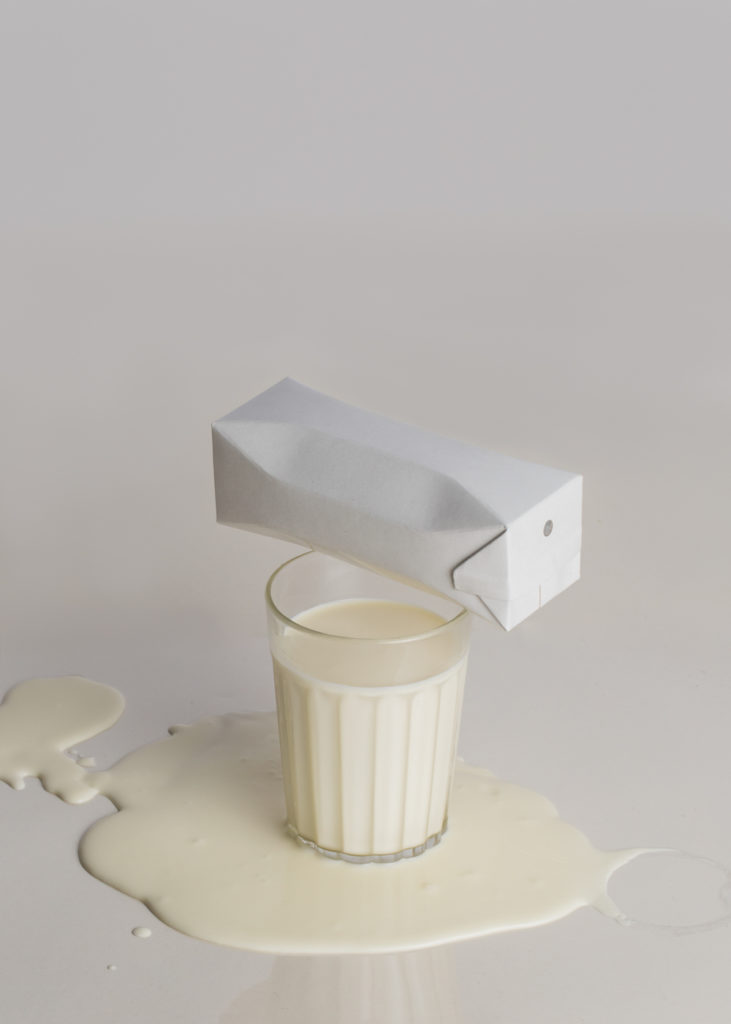
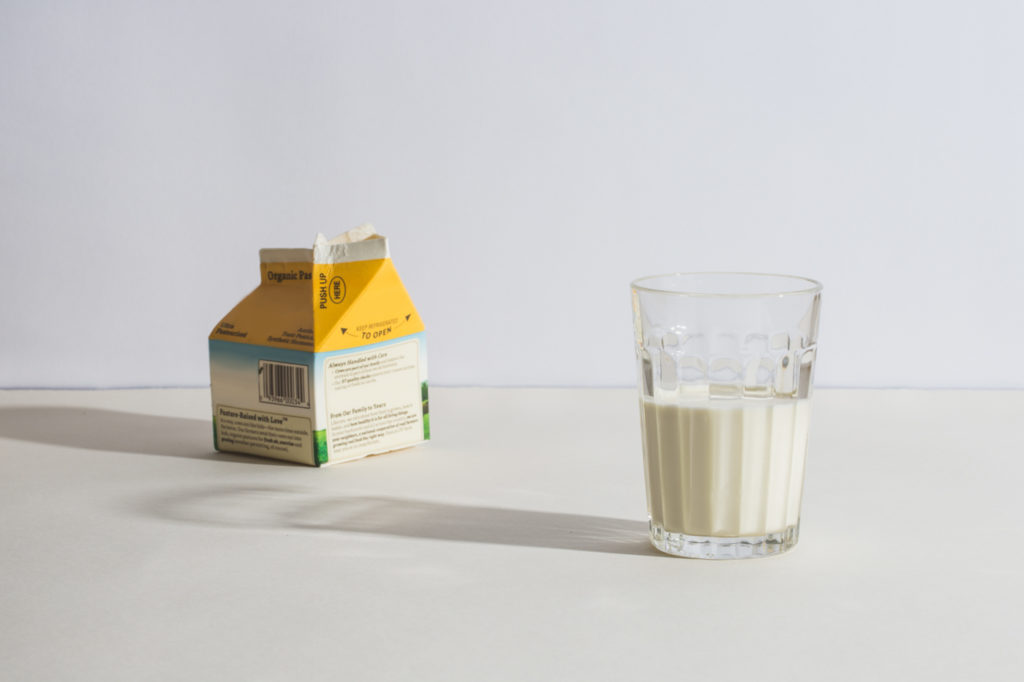
The pasteurization of milk would remain unregulated until the Food and Drug Administration’s 1924 Standard Milk Ordinance. And in 1879, Connecticut-based Echo Farms Dairy created the first glass bottles specifically designed for milk. In 1907, large cities like Cincinnati, Ohio, began requiring the new packaging by law, and a few years later Chicago was the first city to mandate that any milk sold in the city must be stored under fifty-five degrees Fahrenheit while transported, and kept in sealed containers.
However, a few problems still remained. Glass milk bottles were not vacuum-sealed, thus allowing air to enter and spoil the milk. Also, milkmen commonly reused glass bottles without properly washing them, leading to the spread of bacteria.
It’s at this point in the story that a young immigrant enters the story: Ruben Rausing.
In 1920, Rausing (a Swedish native) graduated from Columbia University with a master’s degree in engineering. While in America, he took notice of self-service grocery stores stocked with pre-packaged goods. As he watched this new model grow, Rausing foresaw the trend spreading to Europe, where it would spark a boom in the manufacturing of pre-packaged goods. Rausing returned to Sweden, and within a few years found a partner to invest in his idea.
“Packaging that saves more than it costs was Ruben Rausing’s mantra,” says Larine Urbina, Vice President of Communications for Tetra Pak in the U.S. and Canada. The first product to which Rausing applied that mantra to was a milk carton.
In 1951, after nearly a decade of research and development, Rausing’s company debuted the Tetra Classic to the market. The Tetra Classic was a tetrahedron-shaped paper carton that was continuously filled. This allowed optimal filling of the carton, but also ensured safety. Urbina adds, “When [the carton] is filled, it’s actually in a sterile chamber.”
Within a decade, the Tetra Classic would evolve into the Tetra Brik (a rectangular-shaped carton), and by 1974, the Tetra Brik Aseptic would debut—the same paper carton, but with a thin layer of aluminum. “That prevents oxygen or any other contaminants from getting into the package,” Urbina explains, “which allows it to be safe on the shelf without the need for any refrigeration, chemicals or preservatives.”
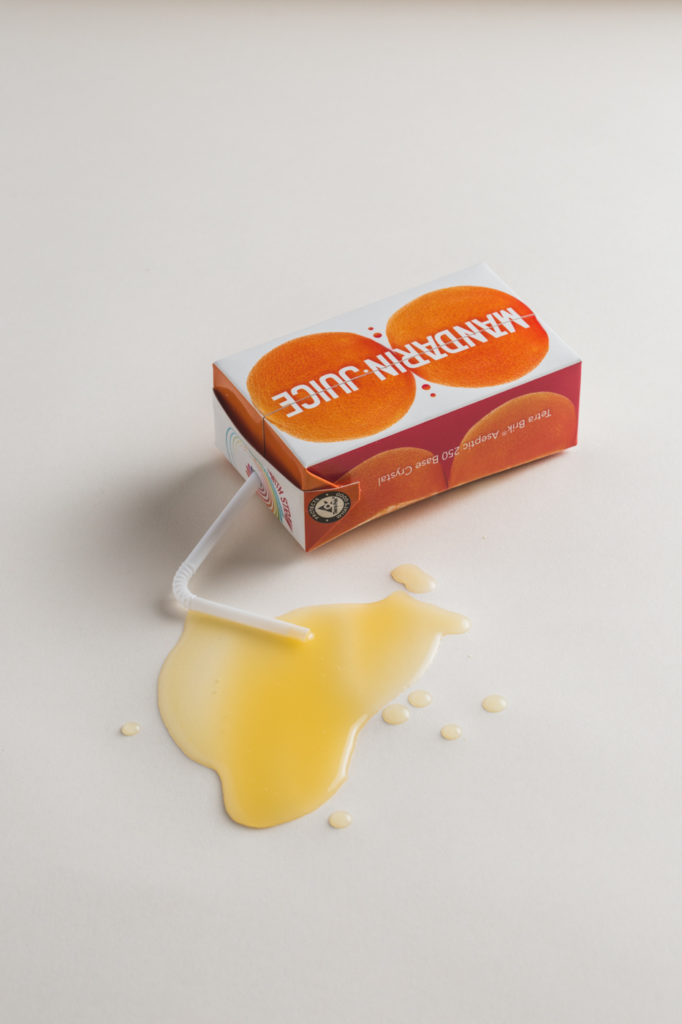

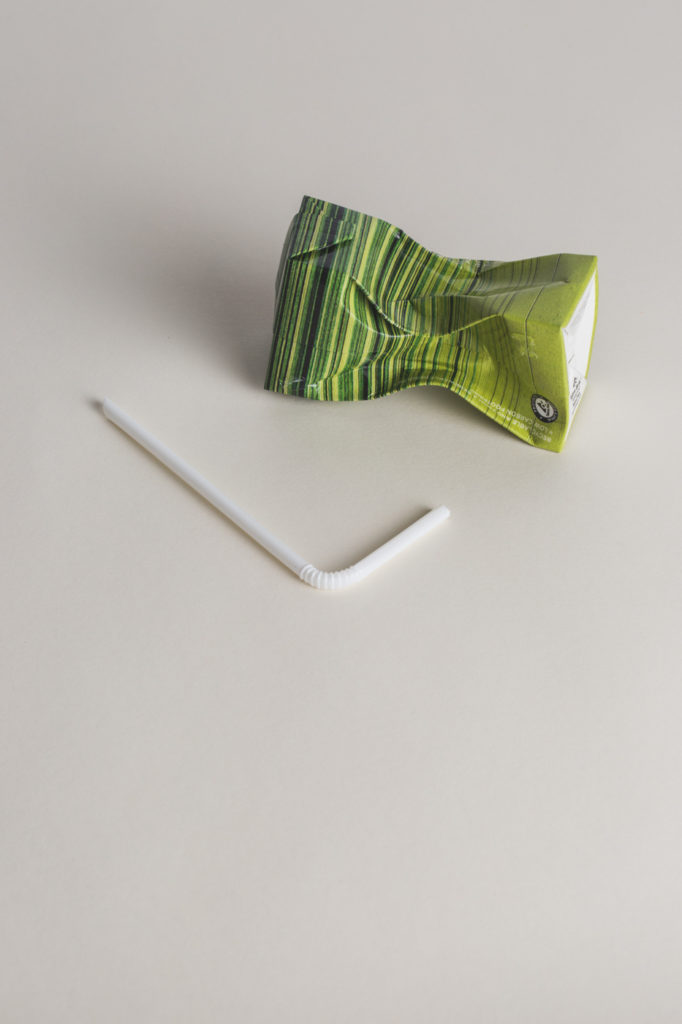
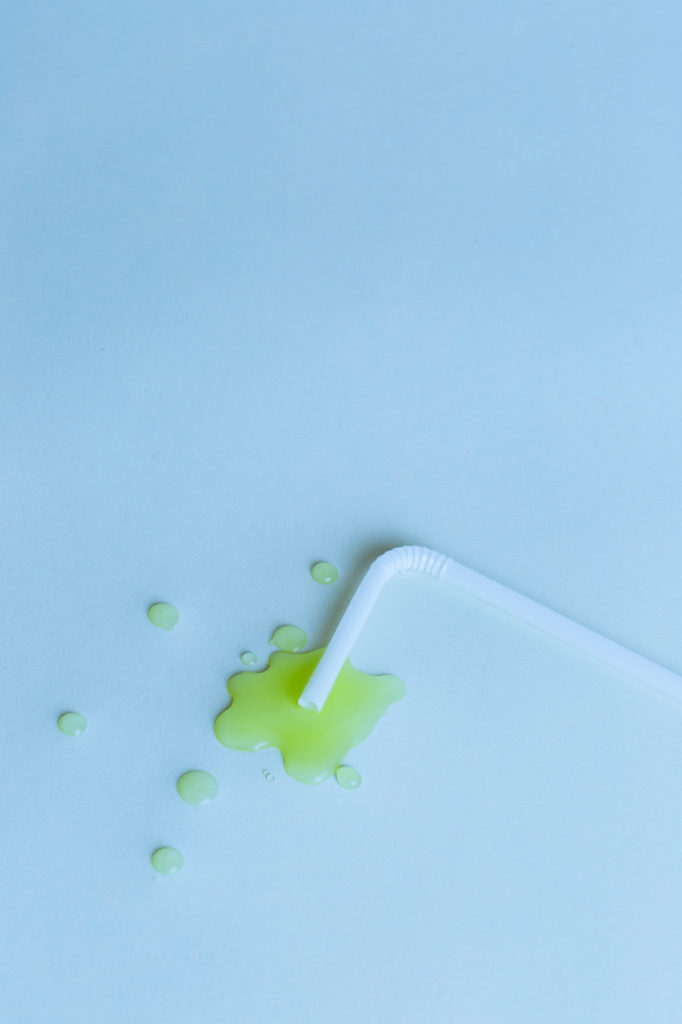
The Tetra Brik Aseptic and its precursors weren’t exclusively used by dairy producers, however. The juice industry readily recognized the potential of the packaging. Since the discovery of vitamins in the 1920s, “juice has long been associated with children’s development,” Bitar notes. “With juice boxes, what you get is the really colorful images,” which, she notes are a reference to the marketing of the early citrus growers. “They were able to emblazon these boxes with images that were already in the cultural imagination from the orange [fruit] crates. The concept of a portable, colorful, vitamin-rich (or, vitamin-enriched) juice box that could go to school with a child is a really easy sell.”
And so, a nineteenth-century public health issue was solved in a neat little package—one we’ve come to know and love as the modern-day juice box.


Our comments section is for members only.
Join today to gain exclusive access.